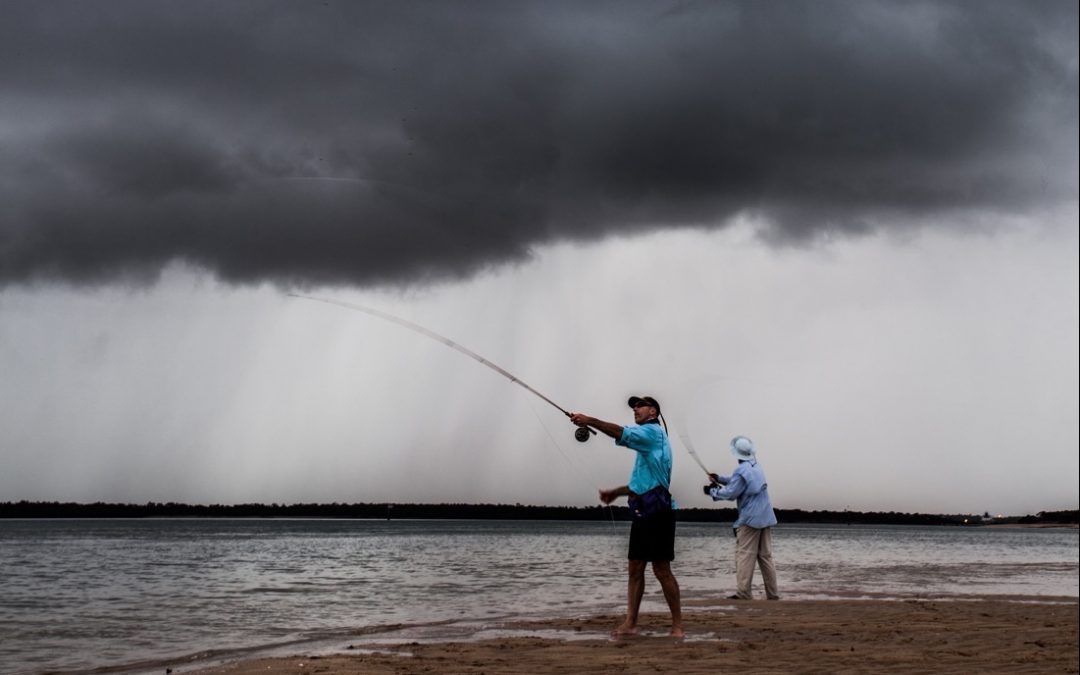Every bit of weather information you gain is a step closer to fishing and boating Valhalla.
OK, so most of us have heard the old saying, “Wind from the north fish from the wharf, wind from the east fish bite least, wind from the south fish close their mouth and wind from the west fish bite best”. Should this be taken as gospel or is it just another old wives’ tale?
I’ve no idea how these sayings came into existence. They may have applied to one location, at one specific time, somewhere in the world. But the truth is, everywhere is different and your localised weather patterns are worth getting to know.
Where I live, in Sydney, the summer pattern sees land temperatures usually exceed sea temperatures after midday. The result is a cool ocean wind being dragged towards the hotter land as it heats up in the afternoon. Open a freezer on a hot day. Feel that breeze as the hot room sucks the cold freezer air into the kitchen? That’s a thermal breeze.
On winter mornings the land is far cooler than the ocean, the warmer ocean sucks that cold air out to sea, creating morning west winds. These westerlies ease as land and sea reach thermal equilibrium, often leaving glassed-off, calm afternoons. Westerly winds push ocean debris and suspended particulates offshore, making for gin-clear water.
Constant nor-easterly winds sweep the surface and pull an upwelling of cold currents from the deep. These cold currents rise to the surface filled with algae that blooms when it hits sunlight. This creates horrible green water that often makes fishing tough. By contrast, when I fish Queensland’s Western Cape, the predominant morning breeze is southeasterly. This wind keeps the beaches clean and clear, and makes flats fishing a delight. The afternoon westerly, on the other hand, churns up the water, making it dirty.
My point is that you need to understand local conditions and plan boating and fishing around the weather. By simply planning your day around the winds, you’ll catch more fish. Research the difference between thermal and frontal winds. Learn to read weather charts. Understand isobars and that lowpressure systems turn clockwise, and highs anticlockwise. The more you know, the better your boating and fishing will be.
Every bit of weather information you gain is a step closer to fishing and boating heaven.
That includes the days when I look at the weather map and decide to stay in bed – dreaming of the perfect fish while listening to the howling wind and pouring rain outside the bedroom window!
JUSTIN’S 3 FAVOURITE WEATHER TOOLS
1.Synoptic charts. Learn to read them! (i.e. Bureau of meteorology)
2 .Coastal and offshore wind charts – not regions! (i.e. Seabreeze, Willyweather)
3.Radar (i.e. Bureau of meteorology)


Recent Comments